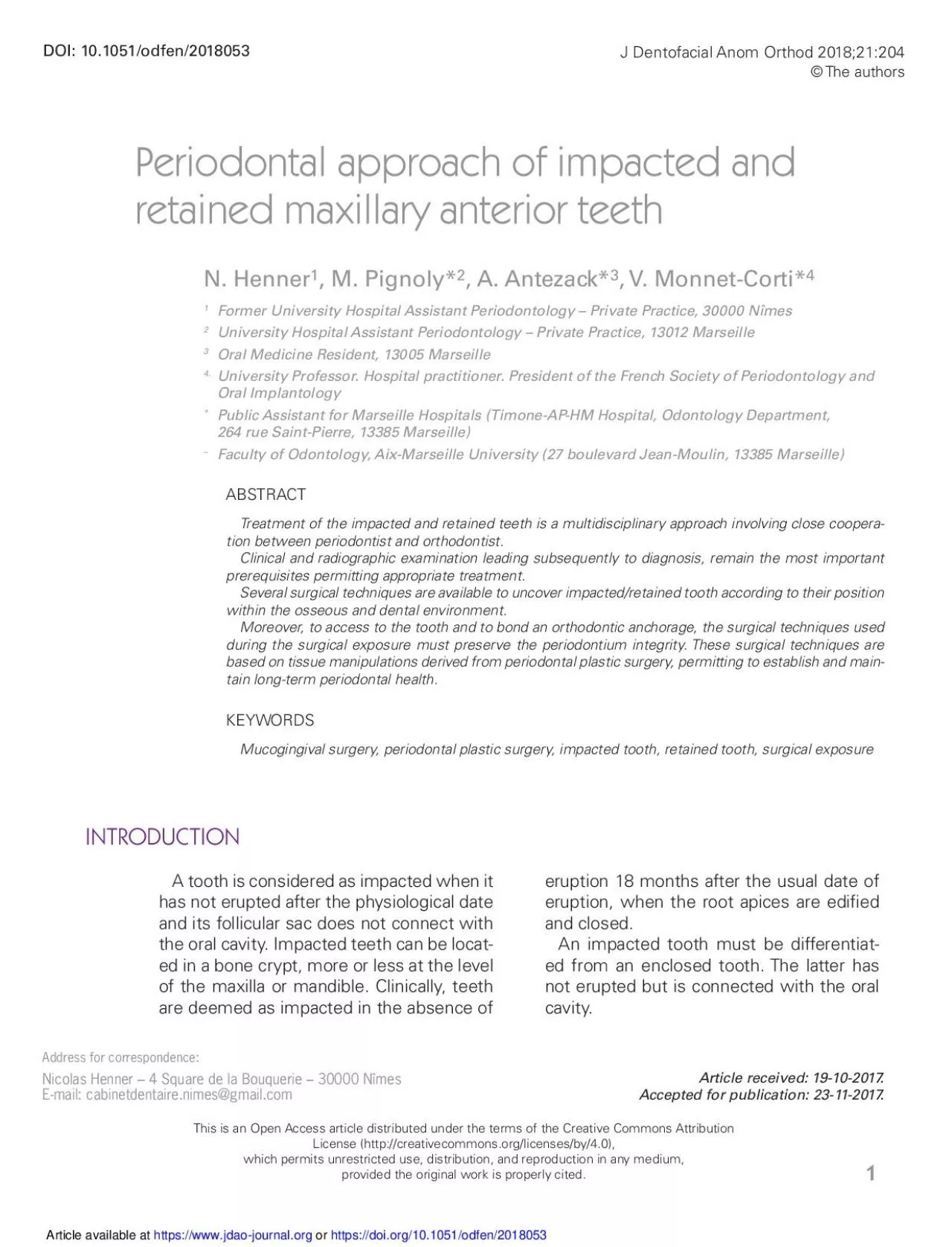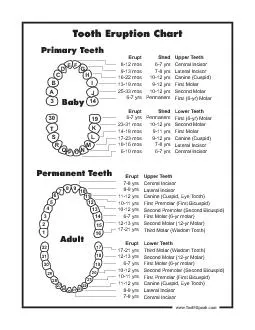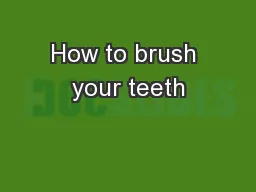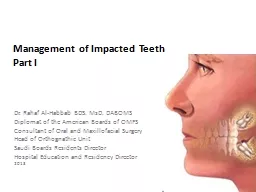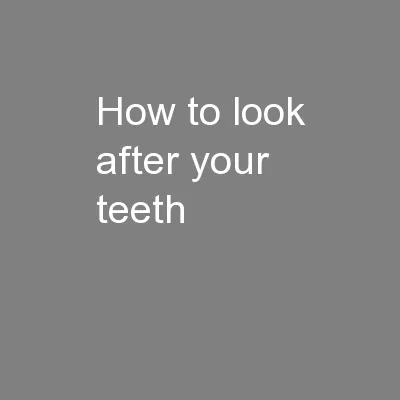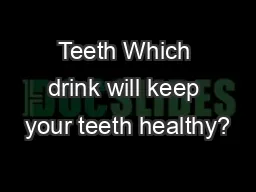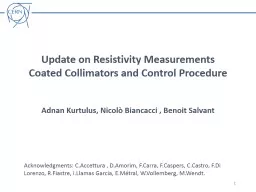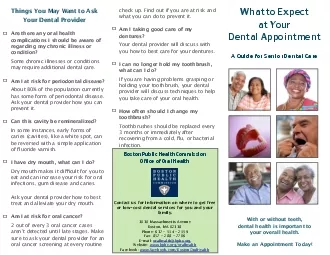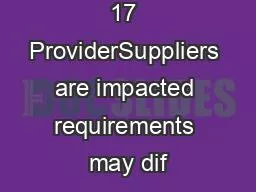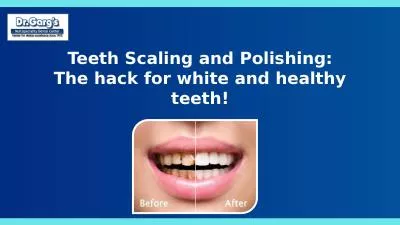PDF-Impacted teeth can be left in place
Author : garcia | Published Date : 2022-10-28
2 when there is still a chance they will erupt immature tooth with unedi31ed apices Anatomical physiological or pathological obstacles prevent their eruption If
Presentation Embed Code
Download Presentation
Download Presentation The PPT/PDF document "Impacted teeth can be left in place" is the property of its rightful owner. Permission is granted to download and print the materials on this website for personal, non-commercial use only, and to display it on your personal computer provided you do not modify the materials and that you retain all copyright notices contained in the materials. By downloading content from our website, you accept the terms of this agreement.
Impacted teeth can be left in place: Transcript
Download Rules Of Document
"Impacted teeth can be left in place"The content belongs to its owner. You may download and print it for personal use, without modification, and keep all copyright notices. By downloading, you agree to these terms.
Related Documents

